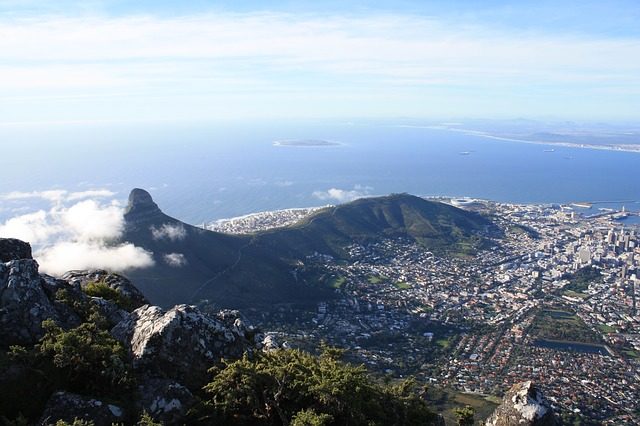Table Mountain is Cape Town’s most famous landmark, with tourists flocking in from far and wide to marvel at it’s beauty. Many, however, forget about the other summits which surround this world-famous mountain.
Here are the other mountains surrounding the Mother City.
Devil’s Peak
According to local legend, Devil’s Peak was named so after the famous legend of Van Hunks and his smoking duel with the Devil himself.
The story goes that Van Hunks would sit beneath the same tree at the top of the peak each day smoking a special kind of tobacco that only he could inhale without feeling ill. One day, he arrived to find a stranger sitting in his spot.
The stranger was a youth, and Van Hunk challenged him to a competition to see who could smoke most of the special tobacco before falling ill. The youth accepted, and the two lit their pipes and smoked from dusk until dawn.
Devil’s Peak’ original name was Windberg, and was so given by the early Dutch settlers. But it was also known as Duiwepiek, Duiwekop or Duiwenberg.
Signal Hill
Situated next to the iconic Lion’s Head is where one will find Signall Hill, forming part of Table Mountain. To announce midday, the famous Noon Gun is fired from Signal Hill. To soak up an incredible sunset, or to take in spectacular views of the city, Signal Hill makes for a great inner-city escape into nature.
Together with Lion’s Head, Signal Hill is sometimes called Lion’s Rump, as the two resemble a sleeping lion or sphinx. Signal Hill got its name from its high position above the peninsula. Flags were used as weather signal warnings to passing ships in the waters below. Ships in distress meanwhile could also use flags to signal for help.
Lion’s Head
–
–
The origins of the names of Signal Hill and Lion’s Head are very closely tied, and are often called the exact same name – Lion’s Rump. The name Lyons Head has been around since the 17th century when the peak was named Leowen Kop (Lions Head) and Signal Hill was called Leowen Staart (Lions Tail) by the Dutch residents of the city. The English, however, preferred to call the peak by the equally odd name of “sugar loaf”.
The 12 Apostles
Twelve Apostles was allegedly coined by British governor Sir Rufane Donkin in 1820. There are 18 peaks, although it really depends on how you count. The theory is that if you count the buttresses only, there are 12.
Each peak, however, has its own name: from north to south, they are Kloof, Fountain, Porcupine, Jubilee, Barrier, Valken, Kasteel, Postern, Wood, Spring, Slangolie, Corridor, Separation, Victoria, Grove, Llandudno Peak, Llandudno Corridor, and Hout Bay Corner.
Picture: Pixabay

